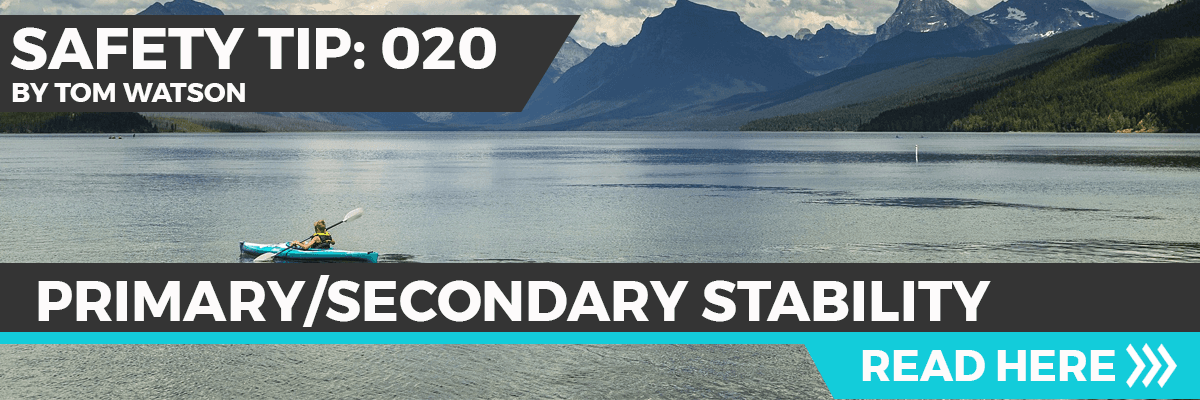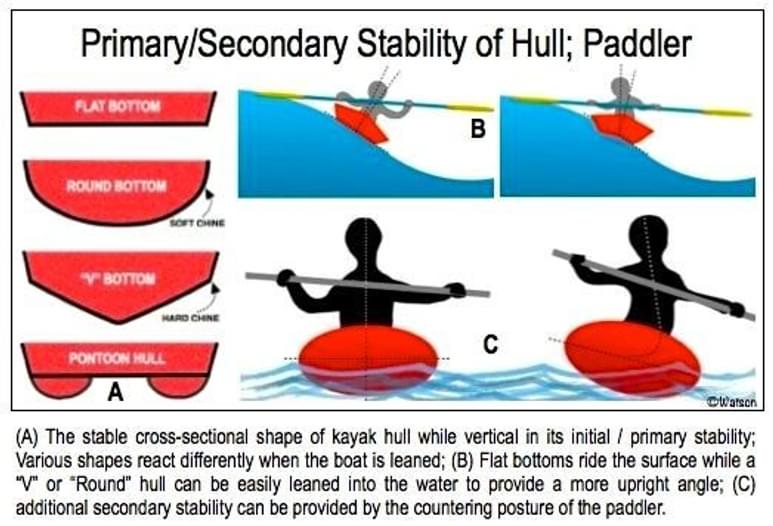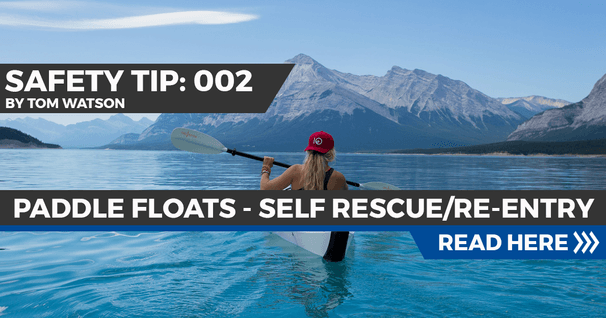Kayak Stability: Primary vs. Secondary

50 years of lightweight, maneuverable, high-performing kayaks.
Check out this interview with Tom Keane, Eddyline Kayaks Co-Owner, on their journey!
Understanding Kayak Stability
The “stability” of a kayak refers to two distinct and inter-related aspects of how steady/stable the kayak ‘feels’: 1) when initially at rest on flat water - it’s primary stability; and 2) how stable it is when up on edge/leaned to its side (usually in rougher seas) to a point up to its capsize threshold - it’s secondary stability. This can be deceiving for beginners who presume the initial security of a boat with good primary stability is the more stable kayak.
In actuality, a boat that is initially “tippy” is the better choice for rougher sea conditions. A forward-thinking beginner who is serious about becoming proficient at kayaking should consider a boat with better secondary stability and grow into that more responsive boat. Initially stable boats are best suited for protected inner waters and activities such as kayak fishing.
Cross-sectional hull design offers insights into a boat’s inherent stability. Four basic shapes/configurations suggest how a boat will react on the water:
- Flat bottom - very stable, typically wide boats used for casual, recreational use on small bodies of calm water; ride “on top of the water”;
- Round bottom - displacement hulls with more secondary stability, typically faster hulls, can be leaned into swells, waves for better control and stability;
- V-bottom - good tracking, better secondary stability; most often combined with rounded hull to give kayaks their classic cross-sectional profile;
- Pontoon/Catamaran - Very stable, slower, with some secondary stability characteristics, most common shape for SOT, fishing and other recreational “kayaks”.
Some hulls feature a notable “chine”, the distinctive hull edge on the border between the bottom and the sides. A hard chine helps the paddler ‘edge’ the kayak on a lean for better control and turning.
A dealer’s “demo” event is a great, instructive opportunity to compare the stability of different kayak hulls.
Related Articles
Waterfalls. Rapids. Waves. Surfing. Watch the best whitewater videos of the past year.
Protecting your feet from cold and abrasive/rough surfaces are the two primary functions of paddling…
A paddle float aid is a critical self-rescue/re-entry tool for the lone kayaker. When used as an…
One of the most common, if not the most common, faux pas in paddle boarding is to hold and use…





